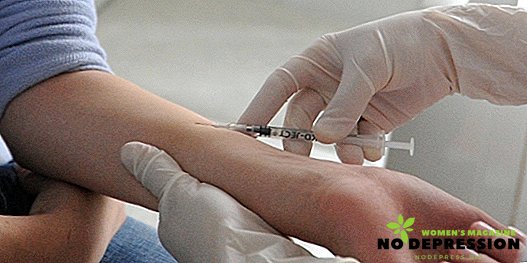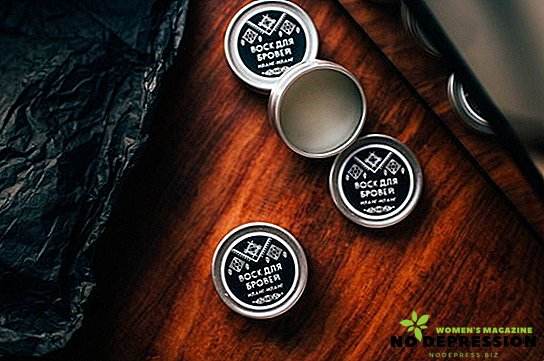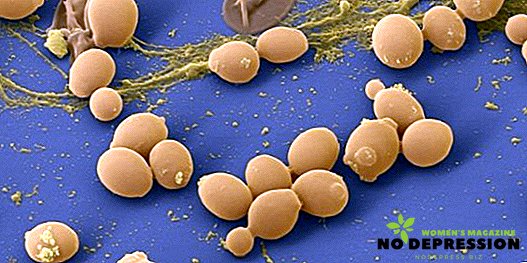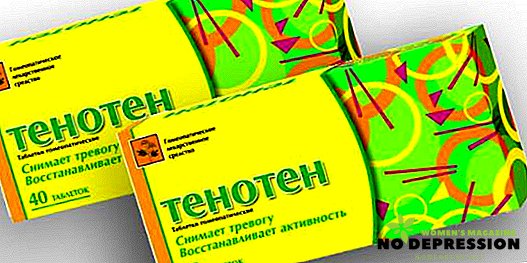In 1890, Robert Koch discovered tuberculin and was confident that this substance would help get rid of tuberculosis, but he was wrong. Nevertheless, his discovery helped create the easiest way to diagnose this terrible disease - the tuberculin test or, as it is also called, the Mantoux reaction.

Mantoux test - what is it and when is it done?
Very often, people confuse Mantoux with vaccination and this is fundamentally wrong. This test has no relation to vaccination and is a special diagnostic test necessary to detect the presence of Koch sticks in the body.
The test is carried out using intradermal administration of tuberculin and the subsequent evaluation of the reaction that has arisen in response to this introduction. Identify two main types of tuberculin diagnosis:
- Individual. It is carried out only according to indications;
- Mass. This type is carried out to all children at a certain age in countries with an increased incidence rate.
This study is necessary to identify children who need to be vaccinated, as well as for the timely detection of infected.
For the study uses two types of tuberculin.
- Alttuberculin (ATK). The so-called Koch tuberculin. Consists of heat-neutralized mycobacteria. Its main disadvantage is that it contains impurities, so the risk of a false positive reaction is quite high. That is why now this species is practically not used in medical practice;
- Purified Tuberculin (PPD). This type of tuberculin is characterized by the fact that it is completely purified from all impurities that could be obtained with the growth of mycobacteria on the nutrient medium.

Is Mantoux's vaccine harmless, what are its contraindications
It is important to understand that the Mantoux test is necessary for the early detection of tuberculosis, therefore, its implementation is of great diagnostic value. Most pediatricians agree that this procedure is completely safe for children. Moreover, both healthy and for children with various chronic diseases.
However, there are contraindications for this procedure:
- acute infectious diseases;
- allergic conditions;
- skin diseases;
- history of epileptic seizures or a confirmed diagnosis of epilepsy.
In addition, the sample is transferred if less than a month before the test was performed, the child was vaccinated.
Reaction to Mantu in a child at risk
There are several types of reaction to the tuberculin test:
- Anergia. No reaction to the sample (negative);
- Normergiya. A moderate reaction is noted;
- Hyperergy. Insufficient response;
- Hypoergy. Increased reaction.
It should be noted that third-party factors may influence the severity of the reaction; for example, a decrease in sensitivity to the Mantoux test is observed under the following conditions:
- taking antiallergic drugs;
- history of recent polio vaccination;
- hormonal drugs;
- taking vitamins. in particular, group B. it is also possible to reduce the reaction when taking vitamin C and D.
Sensitization can be observed in some diseases, namely:
- thyroid disease. in particular, bazedovoy disease;
- pneumonia;
- bronchial asthma;
- acute rheumatic fever;
- the presence of chronic foci of infection;
- flu.
You should also say about the bend of the Mantoux test.
Virage is installed in the following cases:
- When a negative sample turns positive;
- The increase in sample diameter in comparison with the previous one is 6 mm and more.
In any case, the sample turn does not mean that the child has tuberculosis. This may indicate the ingestion of tuberculous mycobacterium, but not the development of the disease itself.

Mycobacterium tuberculosis under the microscope
Normally, the Mantoux test is conducted from 12 months and is made every year until the child is 14 years old. However, there are risk factors due to which the sample has to be done twice a year, starting at 6 months. These factors include:
- for whatever reason, the child was not given a BCG vaccine in the maternity hospital;
- HIV infection;
- diabetes;
- Chronical bronchitis;
- long-term treatment with hormonal drugs.
In the event that a child who was not vaccinated in the first year of life will be given BCG-M, the schedule of the Mantoux test will change to normal.
Mantoux care
It is extremely important to understand what rules must be followed after the test. Thus, it is prohibited:
- scratching the injection site;
- lubricate papula with any drugs or creams;
- impose a bandage or patch on the injection site.
Some parents mistakenly believe that after a test Mantoux can not wash or wet the injection site. However, this is fundamentally wrong.
The reason for the appearance of such an erroneous judgment is the fact that previously tests were used that were not injected intracutaneously, but on the skin and getting into the place of water injection could distort the result.
Now this method of introduction is not used, so after the test, you can safely take a bath.

How to measure Mantoux in a child
The first thing you need to know is that a sample is evaluated three days later, after the introduction of tuberculin. An external evaluation is first carried out. The reaction can manifest itself in two versions:
- Redness;
- Infiltration. This species is characterized by the formation at the injection site of a dense protruding portion - papules.
Then measure the size of the papules with a transparent ruler in the transverse direction. It is important to remember that it is not the redness that is evaluated, but the size of the infiltration.
So, there are the following types of reaction:
- Negative. Completely no changes on the skin;
- Doubtful. The papule is absent or does not exceed 4 mm;
- Weakly expressed. The papule size varies from 5 to 9 mm;
- Srednevyrazhennaya. The size of the papule is 10-14 mm;
- Pronounced. The papule size is greater than 14, but less than 17 mm;
- Hyperergic. The diameter of the papule exceeds 17 mm.
In any case, the Mantoux test occurs in all children individually and depends on several factors.

Norma Mantu in children by year
Depending on age, the normal size of papules may vary.
| Age | Size of papule, mm |
|---|---|
| 1 year | From 5 to 11 |
| 2-3 years | 5-10 |
| 4 years | Up to 8 |
| 5-7 years | 5-6 |
| 8-13 years | Doubtful or negative reaction |
In the first year, the large size of the papules is due to recent vaccination. Also, the results of the survey may depend on the immunity transmitted from mother to child.
Side effects of the Mantoux reaction and allergy symptoms
The most common side effects of the procedure are all sorts of allergic reactions. So, quite often, in the form of adverse events, reveal:
- fever;
- rash;
- decreased appetite;
- lethargy;
- nausea and vomiting;
- attacks of bronchial asthma.
However, side effects are usually associated with the mistakes of doctors who made the Mantoux test in the presence of contraindications.

What does Dr. Komarovsky say about the Mantoux test in children?
According to Dr. Komarovsky, supporters of the ban on holding Mantou often say that the injected mixture contains phenol.
However, it is contained in such a low dosage that it is necessary to introduce more than 1000 samples for a negative effect on the body. It should also be noted that phenol is formed in the body and is normal, and also found in many foods that are often eaten.
Also, Dr. Komarovsky recommends the following:
- Mantoux test must be made before the vaccination;
- If this was not possible, then the test is allowed only a month after the vaccination;
- It is not recommended to test Mantoux after using blood products. You must wait 2 weeks;
- It is recommended that annual testing be conducted in the same season. Best in the fall;
- With the introduction of samples must alternate hands. For example, in even years to the left, to odd to the right.
Refusal to test for Mantoux, search for alternatives
Sometimes, parents are extremely negative about the conduct of this sample, or the child has a strong allergic reaction to Mantus. In such cases, research is not possible. However, it is important to control the development of such a serious pathology as tuberculosis.
To this end, modern medicine offers the following research methods:
- Immunogram This study allows to assess the state of the body's immune system. However, it does not accurately determine whether an infection has occurred or not;
- Suslov method. Concludes the study of blood drops, which is added to tuberculin. This technique is also characterized by low diagnostic value and is considered reliable only in half of the cases;
- Serological examination. Aimed at detecting IgG specific for mycobacterial antigen;
- Diaskintest.

In any case, the Mantoux test remains the most accessible and accurate method of research for tuberculosis.
Additional information about the Mantoux trial, its accuracy and necessity is in the next video.












